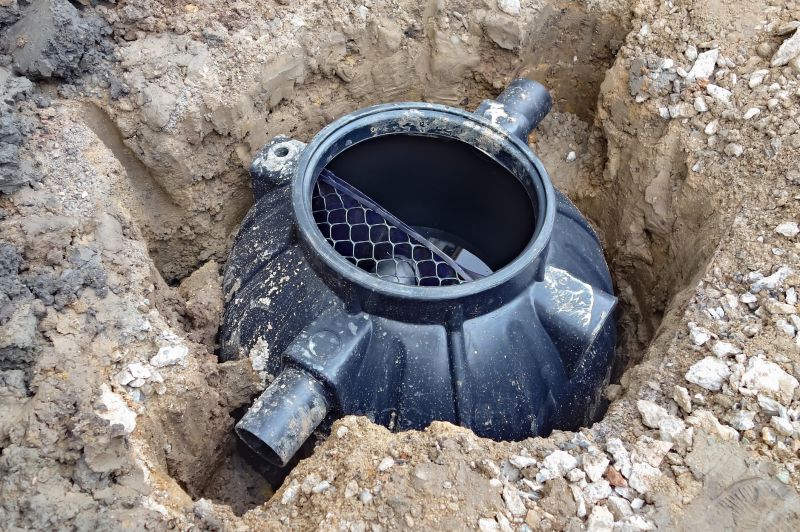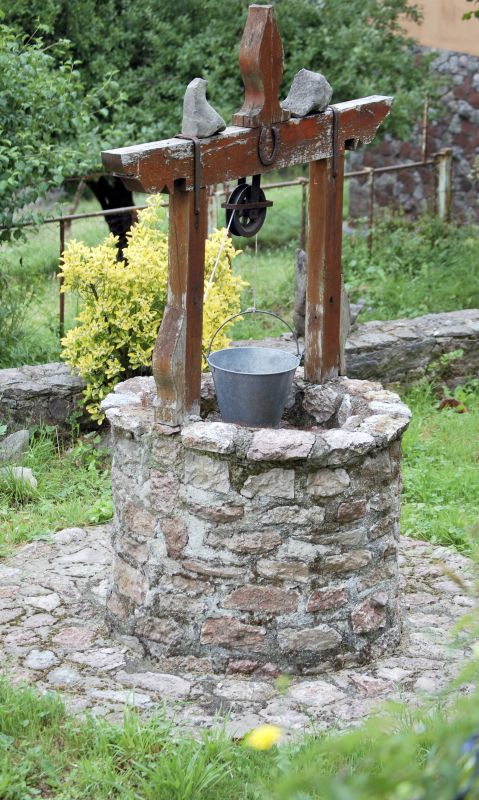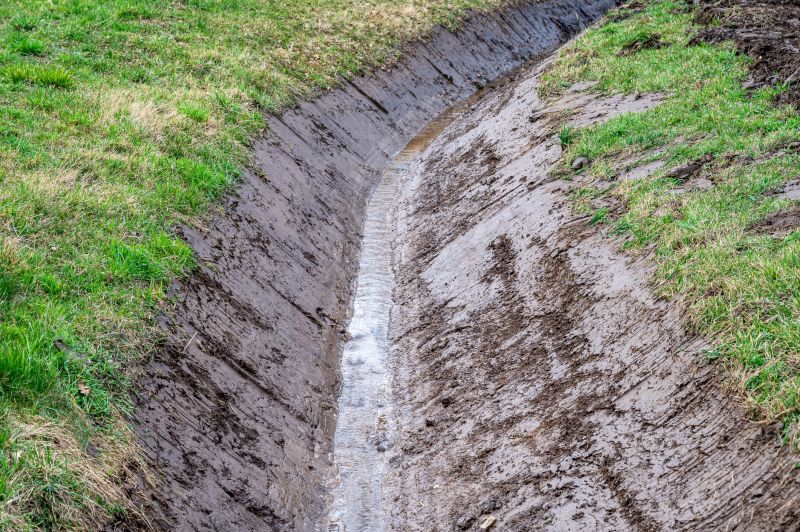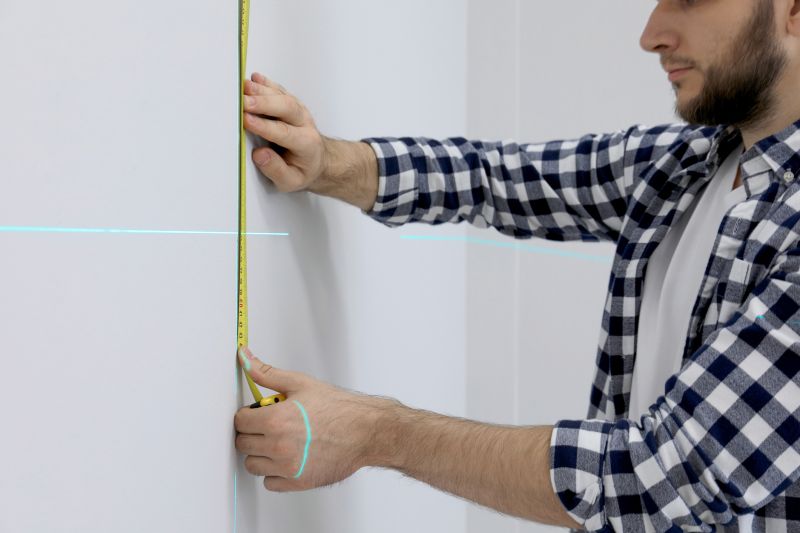Optimal Timing for Dry Well Installations
Determining the optimal time for dry well installations depends on various environmental and seasonal factors. Proper timing ensures effective installation, optimal performance, and longevity of the system. Typically, late spring through early fall offers the most favorable conditions for installation activities.
Spring offers moderate temperatures and increased soil moisture, facilitating easier excavation and installation processes.
Summer provides longer daylight hours and stable weather, but high temperatures and dry soil conditions can pose challenges.
Fall ensures soil remains moist and temperatures are cooler, reducing the risk of heat-related issues during installation.
Winter is generally unsuitable due to frozen ground, snow, and limited accessibility, which can hinder installation efforts.

Soil is moist and workable, ideal for dry well installation.

Warm weather can cause soil to dry out, making excavation more difficult.

Moist soil in fall supports effective installation and system performance.

Ways to make Dry Well Installations work in tight or awkward layouts.

Popular materials for Dry Well Installations and why they hold up over time.

Simple add-ons that improve Dry Well Installations without blowing the budget.
| Season | Optimal Conditions |
|---|---|
| Spring | Moderate temperatures, moist soil, longer daylight |
| Summer | Stable weather, longer days, but dry soil conditions |
| Fall | Cooler temperatures, moist soil, ideal for installation |
| Winter | Frozen ground, snow, generally unsuitable |
Dry well installations are a crucial component of effective drainage systems, helping to manage excess water and prevent flooding. They work by allowing water to percolate into the ground, reducing surface runoff and protecting property foundations. Properly installed dry wells can improve drainage efficiency and reduce water pooling issues.
Statistics indicate that timely installation during optimal seasons can extend the lifespan of dry wells and improve their performance. Soil type, weather conditions, and installation techniques all influence the effectiveness of the system. Planning installation during favorable weather minimizes disruptions and ensures proper settling and functioning of the dry well.

Excavation and placement of the dry well system.

System ready for use, demonstrating proper setup.

Ensuring soil is suitable for effective drainage.

Verifying system performance post-installation.

High-end options that actually feel worth it for Dry Well Installations.

Finishes and colors that play nicely with Dry Well Installations.

Little measurements that prevent headaches on Dry Well Installations day.

A 60-second routine that keeps Dry Well Installations looking new.
Interested in dry well installations? Filling out the contact form can provide detailed information and assistance tailored to specific site conditions and requirements.



